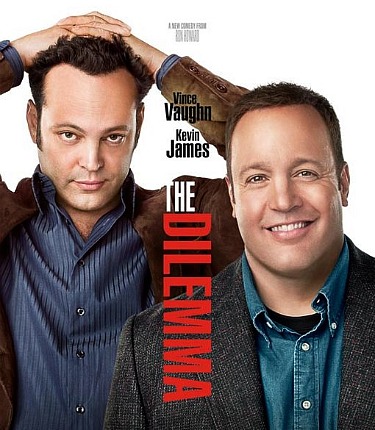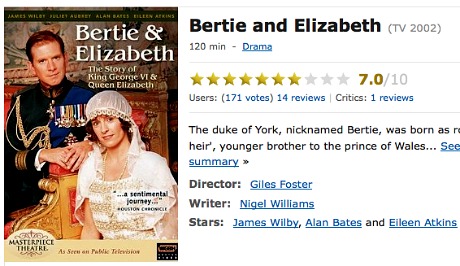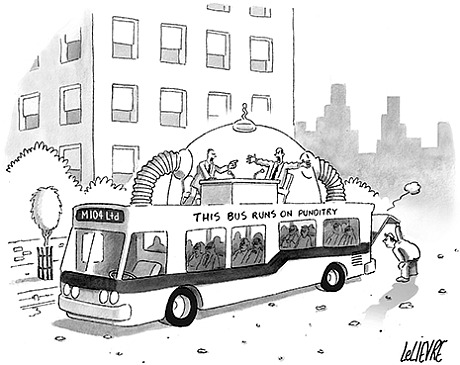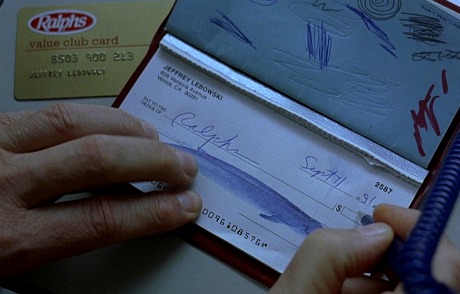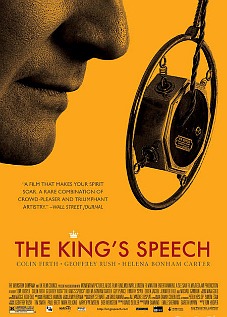A.O. Scott‘s 1.2.11 N.Y. Times piece on Black Swan, “a leading candidate for the most misunderstood film of 2010,” and especially Natalie Portman‘s lead performance makes for very stirring reading. He seems to really get into the scheme of it, the duality and the conflict in Darren Aronfosky‘s melodrama of meltdown.
Add this to Manohla Dargis‘s 12.3 review and two of my own riffs — “Effing Brilliant,” my Toronto Film Festival review, and an early December piece called “Swans and Fables” — and there’s plenty to kick around.
Portman, says Scott, seems “to be participating in the invention of a new kind of screen performance. In its various iterations, the Method has been about using voice and gesture to express a character’s deep psychological truth. Ms. Portman, like other young actors working with filmmakers who emphasize the visceral and the immediate, seems almost to reverse this process. Nina’s psychological state is evidently part of the artifice of Black Swan, but her body, subject to unimaginable (and sometimes unreal) mutations and mutilations, is the film’s ground zero of authenticity.
Portman “succeeds in erasing the boundary between reality and fantasy…by hurling herself, with reckless conviction, into Nina’s world and becoming both the monster and the victim in this horror movie.
“Which is another way of saying that she is both the black swan and the white, both the perfectly controlled performer and the pure creature of instinct. We can assure ourselves that Nina does not really turn into a bird. We also know, being sane and disciplined moviegoers, that Ms. Portman — pregnant and engaged (to the movie’s choreographer) and happy in the wake of her latest professional triumph — is not Nina Sayers. But we also know, on the irrefutable evidence of our own eyes, and the prickly sensation of our skin, that she is.”
Talk to the yentas! They don’t feel they’re misunderstanding Black Swan at all. They feel on some gut level that they understand it all too well. Which they don’t or can’t. Not really, I mean. Which is too bad. Because I for one would be at peace if Black Swan beat out The Social Network for Best Picture. I know this can’t and won’t happen. But what a shame. Because Black Swan has the leaping emotion that The Social Network lacks — it’s a full emotional boat, the kind of thing that rises and crashes and washes over like great wave.


